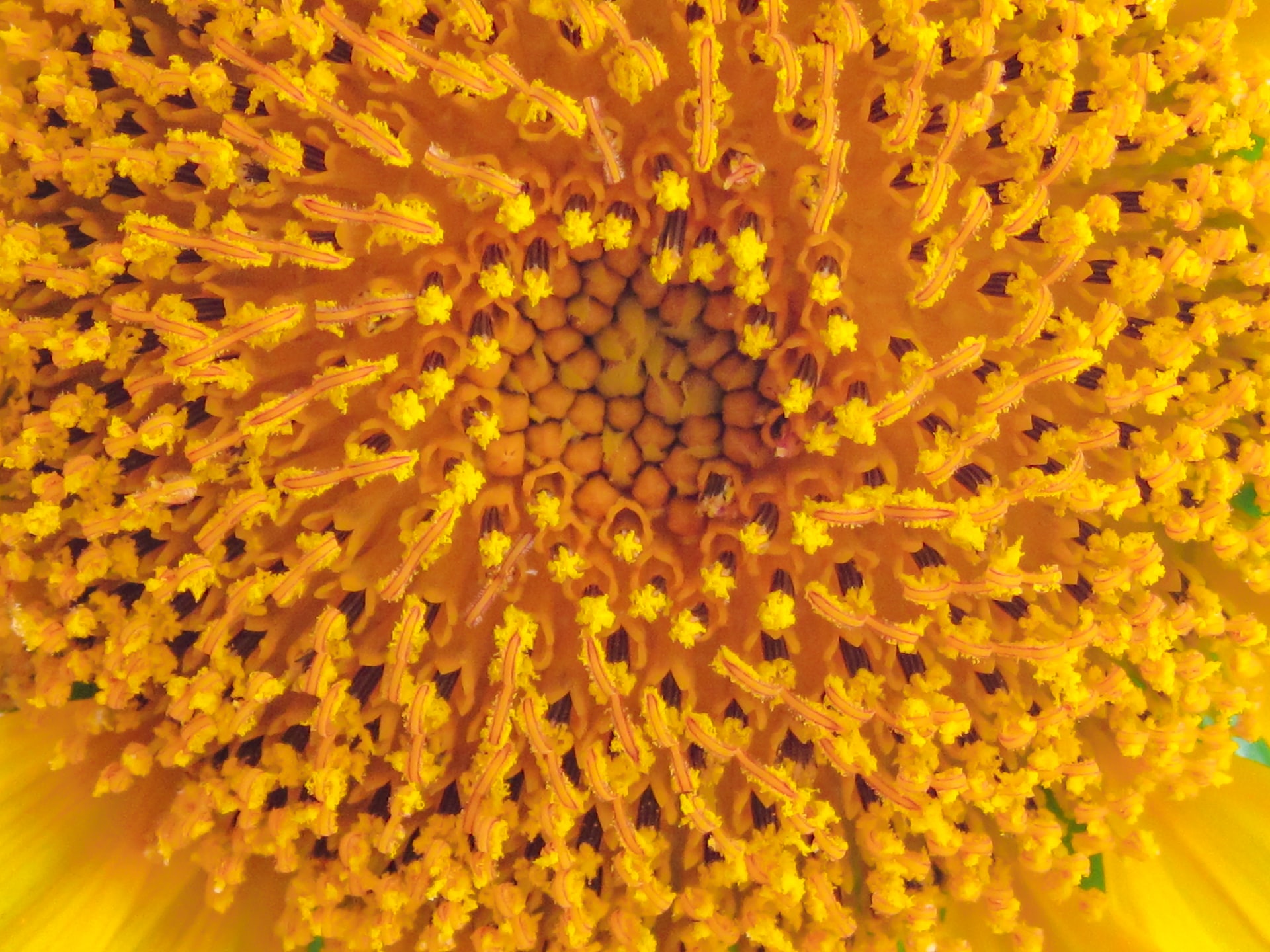Pollen and other Airborne Particles
Resource
We are constantly breathing in a complex mixture of particulate matter that is present in the atmosphere. Most of this is filtered out by the cilia in our upper respiratory tract, so no harm is done. However cigarette smoke and other airborne chemicals can interfere with this process, giving rise to respiratory disease. Also some organic material can cause respiratory illness such as hay fever and asthma.
Many plants have evolved to depend on insects and other animals for pollination. These entomophilous plants have highly coloured flowers (often with nectar guides) and nectar to attract the pollinators. Generally the stamens are enclosed within the flower so little pollen is lost to the atmosphere. Also, the more perfect the association between flower and pollinator, the less pollen is produced, although there are exceptions to this generalisation.
As wind pollination (by anemophilous plants) is much more haphazard, so pollen production is much greater. It also needs to remain in the atmosphere to stand a chance of reaching another plant of the same species. Pollen carried in the wind is often small, rounded and with a smooth surface, or in the case of the Pinaceae having air bladders – all features to make them aerodynamic.
To cause hay fever, pollen must have a combination of the following characteristics: buoyancy, abundance and allergenic toxicity. To complicate the issue, some people are allergic to one type of pollen only, others to several types.
This method can be used to study the pollens that are present in the atmosphere and which may cause hay fever. Students who suffer from these conditions will find it interesting to identify what is actually causing their symptoms. Commonly it is the pollen from trees that sets off hay fever in Spring, that of grass in summer, and then of various weeds in late August and early Autumn. Those students suffering from asthma could also identify common fungal spores in the Autumn, which are often the causative agents of asthma. In addition, traps set up in different places may be used to demonstrate air pollution. A school in a rural environment may show quite different results from one in a town.